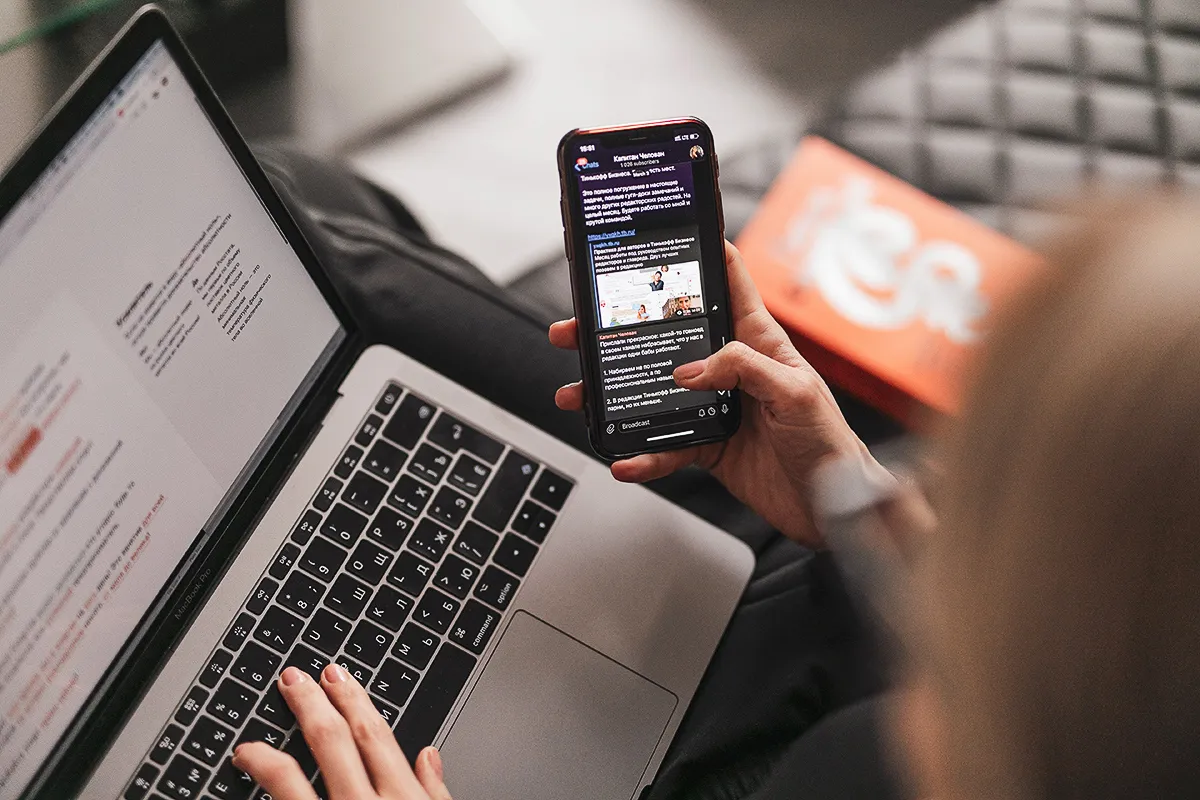
Back in 2018, we compiled a massive list of texting stats and data to prove texting is the future of business communication. Now almost 2 years later, we’re back with more. You know, just in case you still need convincing that you need to use texting at your company.
We haven’t repeated any of our previous stats, and we worked to include more recent information. When we weren’t able to find more recent data, we included the years the information was from to make it as clear as possible that even 5+ years ago people wanted businesses to text them. We assure you that hasn’t changed.
Popularity and Preference
Long story short: Consumers want you to text them, and they want to be able to text you. (Though hopefully you knew that already just from your experiences as a consumer.)
5 billion people globally send and receive text messages (Xant).
As of 2016, 85% of people preferred text over email because they want to engage in conversation (Twilio).
Between 2004 and 2014, the number of monthly texts sent increased by more than 7,700% (Statistic Brain).
As of 2013, 91% of all U.S. citizens had their mobile device within reach 24/7 (Morgan Stanley).
Even in 2011, a Pew study found that 33% of American adults preferred texting to all other communication methods — and that was regardless of who is sending that text or what the message is about. 78% of consumers polled wished they could text a business.
SMS is the most used feature on smartphones, with 97% of smartphone owners sending text messages (Pew).
64% of consumers will perceive a company contacting them by text in a positive light (Harris Interactive).
The use of SMS marketing grew 197% as a B2B strategy from 2015 to 2017 (Salesforce).
On average, 15,220,700 SMS messages are sent every minute worldwide (Domo).
Going into 2017, 64% of consumers preferred texting over phone calls for customer service (Mobile Marketing Watch).
Annual MMS traffic in the United States increased from 57 billion to 96 billion messages from 2010 to 2013 — almost a 41 percent increase (Twilio).
Effectiveness
Texting works for business. Full stop. It gets you responses and influences customers to keep coming back.
In a survey of 163 fitness professionals, 52% of them said texting received the highest response rates (Club Solutions).
The average SMS campaign conversion is 45% (Salesforce).
In 2018, 53 percent of marketers were using text messaging to market to prospects or customers. But 31 percent were planning to use texting within the next 12 months (Salesforce). Clearly they saw the value.
Texting engagement rates are six to eight times higher than email marketing engagement rates. (RetailDive).
The average response time for a text is 90 seconds (CTIA).
Text message appointment reminders have been shown to reduce no-shows by 26 percent (Mobile Marketing Watch).
Kiehl’s found that 73 percent of customers who signed up to receive its text alerts actually made a purchase. And 81 percent of customers also remembered receiving a message (Twilio).
Personalization
Texting is the perfect tool to engage in personalized conversations. It’s begging you to pursue individual interactions! And considering how popular texting is, especially between businesses and customers, why wouldn’t customers want those conversations to be personalized?
72% of consumers say they now only engage with marketing messages that are personalized and tailored to their interests (SmarterHQ).
Emojis play a huge role in attracting attention, stimulating social interactions and enhancing the experience of consumers, along with their willingness to purchase.
Possessing similar neural responses to face-to-face communication (Gantiva et al., 2019), using emojis adds extra emotional or contextual meaning and even enhances the attractiveness of a message to recipients.
In a 2017 study published in the journal “Trends on Cognitive Sciences,” researchers found that using emojis provides the same satisfaction as actually interacting with another person.
According to a study published in the peer-reviewed journal Brain Research, when people hear their own first name (versus hearing someone else’s name), a special reaction happens in the brain. Hearing your own name results in greater brain activation.
Consumers aged 18-39 are most eager to sign up for receiving personalized text messages (Business 2 Community).
Learn More About Business Texting in Action
Texting clearly benefits businesses and customers. So, what are you going to do about that? Even if you already use business texting in some way, chances are you could do even more.
Check out some of Skipio’s customer stories to see how different businesses in a wide range of industries have used this form of personalized communication.
– Elase Med Spas: More than tripled their sales in just a single day
– EvoFit: Turned over 40 percent of their prospects into paying gym members
– Homie: Boasted a 62 percent response rate on just a welcome message to new clients
– Krista Mashore Coaching: Generated $49,097 in otherwise lost revenue
Luckily, you can start texting your customers today and begin reaping the benefits almost immediately.



